Wu-Tang Clan Albums Ranked From Worst to Best
- Oops!Something went wrong.Please try again later.
- Oops!Something went wrong.Please try again later.
The post Wu-Tang Clan Albums Ranked From Worst to Best appeared first on Consequence.
This article originally ran in 2014, but we’re dusting it off for GZA’s birthday on August 22nd. Wu-Tang Clan is also on tour through the fall; grab tickets here.
Welcome to Dissected, where we disassemble a band’s catalog, a director’s filmography, or some other critical pop-culture collection in the abstract. It’s exact science by way of a few beers. This time, we sort through the best and worst of hip-hop’s kung-fu heroes (sans the famously expensive album that most people haven’t heard).
I actually liked Drake’s “Wu-Tang Forever.” Once you got past the inevitable criticisms (“This is disrespectful to their legacy,” etc.), you actually had a good track filled with Drake-isms and 40’s 808s-backed melancholy. Could we do without the bite off “It’s Yourz”? Yeah, we could. But the world still turns despite what the rage last year might have you thinking.
Plus, Drake and the Wu-Tang Clan aren’t completely different. Just mostly. Their main similarity is how they immediately compelled with a fully developed sound. Drake came with the sing-rap and 40’s spacy, Billboard-ready abyss. The soldiers of Shaolin didn’t go down as smoothly. These cats were far grimier and more threatening in their aesthetic — and this isn’t just in comparison to Drake. Think about the shock the uninformed got when Ghostface Killah opened “Bring da Ruckus”: “Ghostface catch the blast of a hype verse/ My Glock burst, leave in a hearse, I did worse.”
There’s an urgency that trails throughout that seminal debut, Enter the Wu-Tang (36 Chambers), that hits like being pressed near a dirty, jagged knife — not as deadly, but just as effective at reminding you you’re alive when that final kung fu sample takes its leave.
Another thing Drake didn’t do: create a mythology. No other hip-hop group warrants a manual. The Five Percenter wisdom. The Shaolin influences. The aliases. The untold stories of the Wu affiliates. There has never been a hip-hop group that came with so many influences, eccentricities, backstories, and, eventually, classics (Liquid Swords, Only Built 4 Cuban Linx, Ironman, etc.). This was an empire sitting on top of platinum certifications.
But as the polarizing A Better Tomorrow indicates, all empires falter at some point. Let the record show that this has been one of hip-hop’s mightier ones.
— Brian “Profound Desperado” Josephs*
*All contributor nicknames come from this Wu-Tang name generator, because it’s still fun.
06. A Better Tomorrow (2014)

Lineup: As one of the singles indicates, this is a reunion, so it’s all family. No Wu affiliates, no Wu associates, just the original members. With all the twists and turns that came from pulling off that magic trick, imagine the difficulty in getting outside artists to join in the festivities.
Guests: Streetlife and Tekitha but they don’t really count as “guests” at this point in the Clan’s story. Oddly enough, it’s tempting to put the whole Wu Tang Clan as “guests” since they rarely feel at home on RZA’s beats or show the group chemistry that led them to such heights in their heyday. Alas.
Weirdest Use of Sampling: There’s an opening sample on “Protect Ya Neck” that sounds like it’s from a Shaw Bros. flick. You know the one. It’s actually from Snake and Crane Arts of Shaolin, a Golden Harvest production from 1978 starring Jackie Chan. RZA takes those opening notes from “Protect Ya Neck” and creates an entire beat for “Pioneer the Frontier.” Now, this is RZA, the same cat who sampled the Underdog theme, so “weird” is relative as it relates to his brand of mad science.
But taking those few notes and including the rest of the sound from the movie as a bonus? Nothing else on the album is both that inventive and sad. It harkens back to the Clan’s better days, tickles that nostalgia bone for devotees, while coming off as a pale imitation.
Most Memorable and/or Craziest Verse: On this album? Seriously? Well, if forced at gunpoint to pick, then the answer is Ghostface Killah’s verse on “Necklace.” Most verses from any Wu project, even this one, are on point. But the best Wu albums contain verse that go beyond serviceable and transcend. Ghost’s verse on “Necklace” is the most natural extension of rapper and beat on this album, and the one time a better project comes into view on A Better Tomorrow.
Album Art: While the album art is better than the photoshop nightmare that is 8 Diagrams, it’s not by much. The Wu logo in the shape of a cloud is a really nice touch, but the album title slapped in the upper left-hand corner is meh at best. Truthfully, outside of their first album, most Wu cover art feels slapdash and not worthy of the music. In this case, though? That cover might be the highlight, which says a lot of things and none of them good.
Verdict: As a diehard Wu Tang Clan fan, it hurts this writer to know that this might be their last hurrah. The group deserves a higher note on which to exit rather than this very minor B flat. It was hell putting the album together for a lot of reasons, but mostly because they’re not kids in their twenties anymore. Each member has their own lives with their own responsibilities and their own vision for their careers. The clashes with RZA that bubbled to the surface on Wu Tang Forever became a full seismic event almost 20 years later. The group as a whole wants to go in one direction while RZA, the guy who basically ran their professional lives from 1992-97, wants to go in another direction.
That type of conflict isn’t sustainable for harmony — hence A Better Tomorrow. The 2014 album is all over the place sonically, with verses that are perfectly fine. The problem is no one shows up to a Wu album for fine or adequate, and their best projects have an overall vision that starts from the producer and works it way down to the lowest piece of the Voltron that is the Clan.
The very public and extra nasty disputes, the haphazard recording process, and the fact the men weren’t even on the same page to promote what might be their final album all show up in the music. When someone drops a dud, fans take solace in the fact that “there’s always tomorrow,” meaning, there’s always the next one. Yeah, well, there might not be any more “tomorrows” after the group’s sixth album, making the title tragically ironic. And for this Wu fan, that’s heartbreaking. At least we’ll always have their live shows.
— Marcus “Bittah Lover” Shorter
05. Iron Flag (2001)
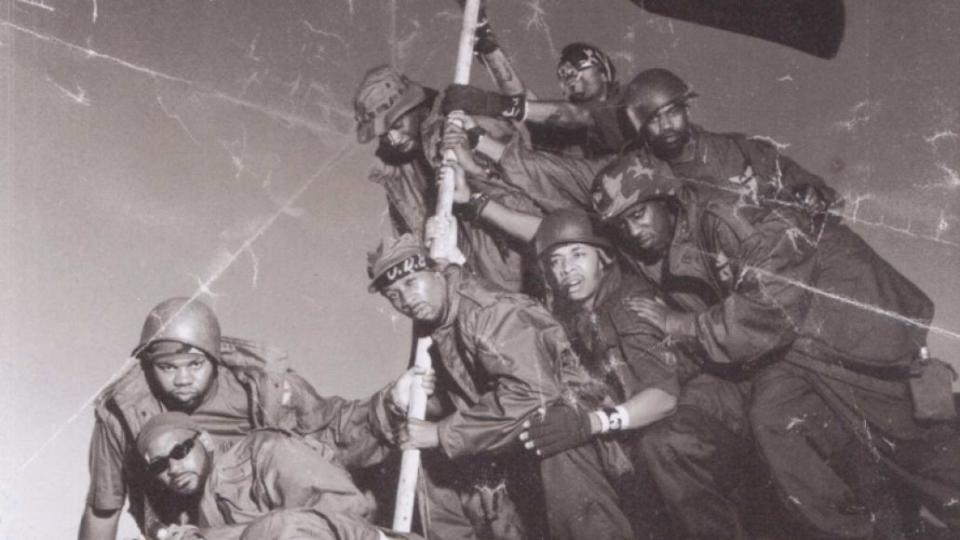
Lineup: RZA, GZA, Inspectah Deck, U-God, Ghostface Killah, Method Man, Raekwon, and Masta Killa. The increasingly troubled Ol’ Dirty Bastard is nowhere to be heard on Iron Flag, as he had been serving his prison sentence for crack possession and probation violation. Cappadonna was rumored to be an official clansman as of The W, but, after voicing disagreement with RZA’s approach to business and branding, he’s only here on the hidden song “The Glock.”
Guests: A shouty Flavor Flav makes “Soul Power (Black Jungle)” sound more like a Public Enemy detonation than a Wu-Tang ruckus: “(Soul power!) Two thousand and two!/ (Soul power!) You know how we do!/ (Soul power!) For you and your crew!/ (Soul power!) Representin’ Wu!” Ronald Isley’s cameo on “Back in the Game” is often mistaken for a sample. Wu affiliates include Streetlife, Suga Bang Bang, 12 O’Clock, Prodigal Sunn, and Madame D.
Weirdest Sample: “Radioactive (Four Assassins)” is one of the strangest Wu tracks ever, with a repetitive “Wu!” vocal clip and jittery outer-space noises that you’d more likely hear on a Shabazz Palaces album today. Also, while it’s technically not a sample, the interpolation of “Jingle Bells” on “Dashing (Reasons)” is unexpected, to say the least.
Most Memorable and/or Craziest Verse: Despite Raekwon’s 9/11-inspired verse on “Rules,” Meth makes the deepest impression on the track, with a number of the best quick-strikes on the album (“I’m with Streetlife, ain’t never been a Backstreet Boy”). He also spells out the Clan’s intimidating presence on the track: “It’s Wu-Tang, rushin’ yo’ gang, crushin’ the game/ Pretty thugs, clutchin’ they chain, hand-cuppin’ they thang.”
Album Art: The album’s cover, the second most memorable in the Wu’s core discography (behind 36 Chambers), alludes to Raising the Flag on Iwo Jima, photojournalist Joe Rosenthal’s Pulitzer Prize-winning shot taken on February 23rd, 1945. Notice that Cappadonna’s legs are visible and that the rest of him is not.
Verdict: At 55 minutes, Iron Flag remains the shortest Wu album to date, which might be why it seems to lack in momentum and unity. Highlights include the Trackmasters-produced “Back in the Game,” where ominous piano chords meet Isley’s ghostly vocals. Iron Flag would be the last Wu album until 8 Diagrams in 2007, by which point ODB had died of his drug overdose.
— Michael “Irate Prophet” Madden
04. 8 Diagrams (2007)
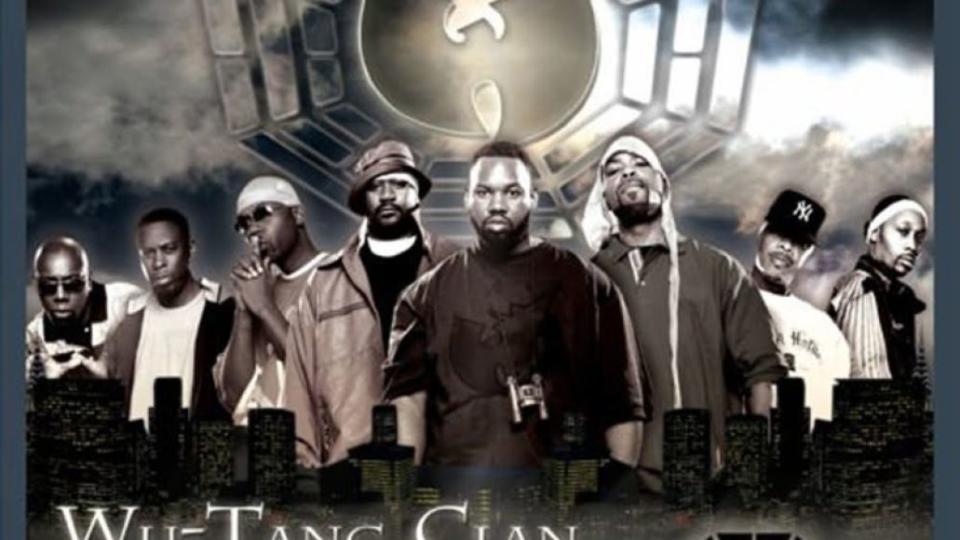
Lineup: RZA, GZA, Inspectah Deck, U-God, Ghostface Killah, Method Man, Raekwon, Masta Killa, and, on the bonus track “16th Verse (ODB Special)”, one posthumous verse from Ol’ Dirty Bastard following his drug overdose in 2004.
Guests: A handful of Wu affiliates including Streetlife, Dexter Wiggle of Illuminati Network, and Tash Mahogany, as well as some true star power from Erykah Badu, Dhani Harrison, John Frusciante, George Clinton, Gerald Alston, and even Shaolin warrior monk Shi Yan Ming, who chants the album’s outro.
Weirdest Use of Sampling: Reworking The Beatles’ “While My Guitar Gently Weeps” into an emotionally complex hip-hop song may not seem all that weird (Danger Mouse did the same thing just three years earlier on The Grey Album), but having John Frusciante rerecord the guitar solo, George Harrison’s son Dhani play acoustic guitar, and Erykah Badu wail the chorus adds an extra layer of surrealism. Combine the Zen-like mourning with street-revenge yarns from Rae, Meth, and Ghostface, and you have a juxtaposition that’s genuinely unnerving. Pretty weird indeed, if not technically a sample.
Most Memorable and/or Craziest Verse: It’s more the chorus than the verse, but George Clinton’s hook on “Wolves,” while perfect in its own way, doesn’t make a lick of sense. “The fox/ Is kinda foxy/ Mr. Wolf, he’s the guy/ Who chased Red through the woods and ate Grandma/ But a dog is a dog is a dog is a dog/ Unlike the wolf, who made a widower of Grandpa.” It barely even rhymes!
Album Art: Thanks to a botched Photoshop job, you can tell each member took their photo separately, further confirming the tension within the group, not to mention their polarized opinions of the album itself.
Verdict: Despite the well-documented in-fighting and negative reactions from Raekwon and Ghostface Killah (who vanishes halfway through the album), 8 Diagrams is the Wu’s most cohesive work since their debut. Don’t be fooled by Raekwon calling the RZA a “hip-hop hippie.” He’s still a pioneer here, breaking up the formula with non-rap guest stars, some of the wildest Five Percenter lyrics ever to grace a Wu record (see: “Sunlight”), and psychedelic live instrumentation.
You could argue it paved the way for trippy hip-hop albums like Acid Rap, even if nobody from Wu-Tang (or Chance the Rapper, for that matter) will ever cop to it. It’s also worth mentioning that, among all the free-form production, they never lose their penchant for a good street narrative. “The Heart Gently Weeps” is one of Wu-Tang’s most vivid depictions of violence (“Shots was whizzin’, hittin’ Clorox bottles”), and “Life Changes” is a gut-punch of a memorial to ODB.
— Dan “Thunderous Dominator” Caffrey
03. The W (2000)
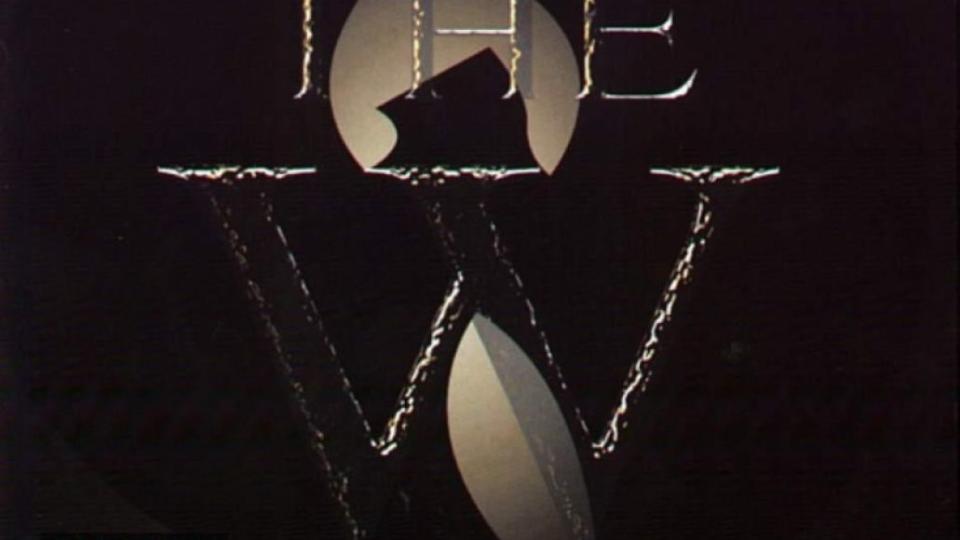
Lineup: RZA, GZA, Ol’ Dirty Bastard, Inspectah Deck, U-God, Ghostface Killah, Method Man, Raekwon, and Masta Killa.
Guests: Isaac Hayes, Cappadonna, Junior Reid, Nas, Redman, Snoop Dogg, Busta Rhymes, Streetlife, DJ Kay Slay, and Paulissa Moorman.
Weirdest Sample: Monty Norman’s “James Bond Theme” provides the backing beat for “One Blood Under W,” one of the more out-of-place songs on the record. For a record that has some of the murkiest beats of RZA and the Wu’s discography, the elegant horn bursts and Vic Flick’s signature 007 guitar riff seem terribly out of place and a little too sophisticated for the aesthetic of the rest of the album. That’s not to say it’s a bad song; it’s easily one of the best on the record.
Most Memorable and/or Craziest Verse: Raekwon mentions shrooms multiple times on “Let My N****s Live,” which leads me to believe he may have actually been on shrooms at the time of recording, and that’s why this verse is all over the place. Among the mentioned references are Schwinn bicycles, the JFK assassination, and employing a staff of “exotic gods” to bust frauds for him. He also impersonates a bird (“chirp chirp speak”).
Album Art: The relatively bland album cover is nothing but the title in computer-generated, carved-from-stone font over the silhouette of the Wu insignia. For such a stellar album, it’s a lackluster visual representation.
Verdict: The W features some of the best production of RZA’s career as well as a healthy relationship among the members — something that would be a rare occurrence in the coming years. The constantly rotating cast of characters from track to track is a sign of how well a Wu-Tang album could mesh even without a quorum on every track.
— Pat “Lucky Menace” Levy
02. Wu-Tang Forever (1997)
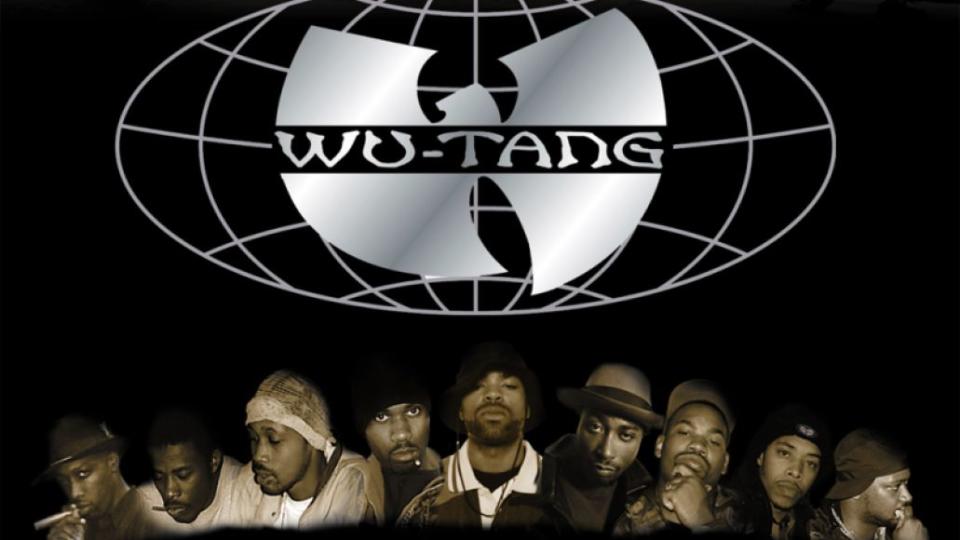
Lineup: RZA, GZA, Ol’ Dirty Bastard, Inspectah Deck, U-God, Ghostface Killah, Method Man, Raekwon, and Masta Killa.
Guests: Cappadonna, Streetlife, Popa Wu, Uncle Pete, Tekitha, Shyheim: The line of the infamous Wu affiliates starts with this album.
Weirdest Use of Sampling: “The End of the World” by Skeeter Davis on “Cash Still Rules/Scary Hours (Still Don’t Nothing Move but the Money)”. Next to nothing the clan does is weird, per se, because its very conception is fraught with weird. This is an anomaly in an album that favors soul and orchestral brass. The 4th Disciple should get credit for what he was able to do with this one: Turning apocalyptic melancholy into a banger in which Pumas get snatched and faces get punched in.
Most Memorable and/or Craziest Verse: Take “crazy” at its Webster definition, and you’ll be directed to Inspectah Deck’s verse on “Triumph” — a near masturbatory display of assonance and urgency. Line by line, it’s a frenzy of quotables. As a whole, it dazzles. Ol’ Dirty Bastard didn’t have to announce that the saga continued after Deck’s verse.
Album Art: By 1997, the Wu-Tang had evolved from the mysterious soldiers from the slums of Shaolin to recognizable individuals. The clique had dropped significant solo albums — including its greatest, Raekwon’s Only Built 4 Cuban Linx, in 1995 — and had one of its members, Meth, deliver the only guest verse on Biggie’s Ready to Die. Nothing says MC success like guesting on a Bad Boy album. Anyway, masks would no longer do. How do we illustrate a bunch of potent artists who are more powerful as a unit? A simplistic Photoshop-like collage of them under a big Wu-Tang symbol. Eh.
Verdict: Wu-Tang Forever can be considered a sign of growth for the Wu-Tang or the beginning of the end — maybe even both. RZA’s problem throughout the past decade or so has been reconciling his ambitions with the more straightforward desires of the other members. The oneness, however, was still there on their sophomore effort. RZA was able to executive produce the potentially overwhelming double album with decent aplomb. He cleaned the dust and allowed the soul to breathe a bit while still maintaining enough grit to show he wasn’t off the concrete fulcrum. The result includes some of his best productions, like the id-appealing rumble of “Triumph” and the gloss of “The Projects.” This was the first Wu group project to use other producers, too, and they almost outshined RZA. There’s hardly a beat as titanic as True Master’s “Heaterz.”
While 36 Chambers was more about razor-sharp rhymes on rhymes, this album’s two-hour length gave the crew more time to settle into their personae. As a result, we get some of the Clan’s best verses. Ghost — now the high-pitched, visceral storyteller — gets at least two classics in with the heartbreaking scene in “Impossible” and “Cash Still Rules/Scary Hours (Still Don’t Nothing Move but the Money)”, trailing off on a verse that seems to continue on to 2000’s classic Supreme Clientele. Inspectah Deck’s performance on “Triumph” is an act of wizardry. RZA plays the head missionary through his naturally percussive delivery, simultaneously satisfying secular needs with Wu-Tang fundamentalism. He had it all figured out in his rant to open the second disc.
— Brian “Profound Desperado” Josephs
01. Enter the Wu-Tang (36 Chambers) (1993)
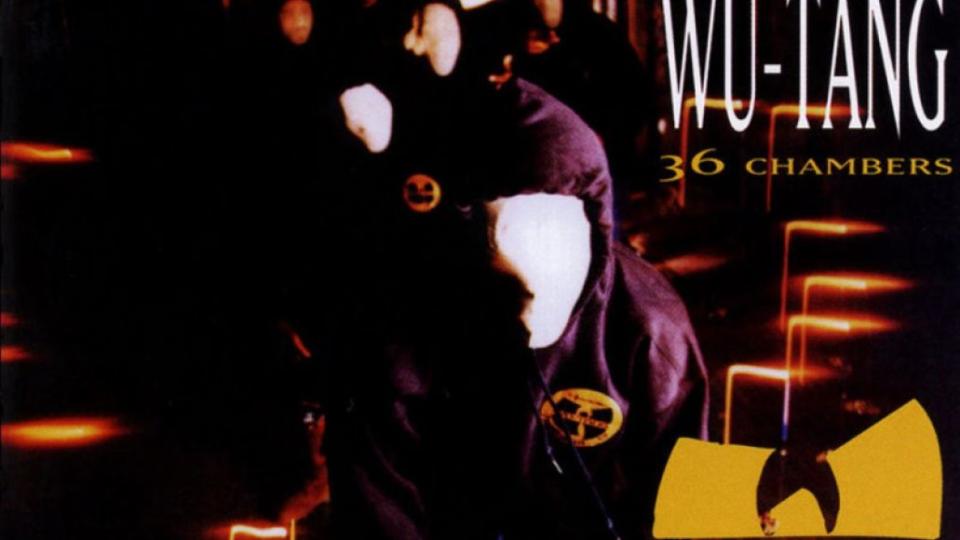
Lineup: To quote “Clan in da Front”: The RZA, the GZA, Ol’ Dirty Bastard, Inspectah Deck, U-God, Ghostface Killah, the Method Man, Raekwon the Chef, and the Masta Killa.
Guests: Though many Wu-Tang affiliates got a nod in the iconic, aforementioned role call, none contributed to the album in any way, and the album is otherwise guest-free.
Weirdest Use of Sampling: The weirdest song used for a sample on Enter the Wu-Tang is “Protect Ya Neck”’s sample of “The Grunt” by The J.B.’s, which opens whistling like a tea kettle at different pitches. But the weirdest use of a song for a sample is unquestionably “Theme from Underdog,” which appears as background noise and added percussion for “Wu-Tang Clan Ain’t Nuthing ta F’ Wit.” Though Wu-Tang Clan may have embodied the spirit of an underdog, there are few things that are more on opposite ends of the spectrum, and it brings an added layer of texture.
Most Memorable and/or Craziest Verse: It’d be doing ODB a disservice to not award him “craziest” anything, and as it so happens, his verse on “Da Mystery of Chessboxin’” fits the bill perfectly. Not only does he name-drop Jacques Cousteau, Jim Kelly, Alex Haley, and Beetle Bailey in that short span, but he also employs his whiniest singsong flow to deliver his absurdity.
Album Art: The story behind Daniel Hastings’ cover is even better than the artwork itself. In an interview with Ego Trip, Hastings said he went to see the group at Jack the Rapper in Atlanta in ‘93, and they bum-rushed the stage in white stocking masks, pushing off an ‘80s act in the middle of their set and ushering in a new era, shouting, “Wu-Tang Clan ain’t nothing to fuck with!” When the time came to shoot the album cover, only six members of the group showed up — RZA, Ghostface, Inspectah Deck, GZA, ODB, and Raekwon — and the label had already invested thousands in the shoot. To compensate, Hastings recalled the Jack the Rapper show and had the members in attendance wear stocking masks. The rest is history. In a weird way, the fact that you can’t see anyone’s face on the cover only helps build the mythology of the group and of the record itself.
Verdict: Enter the Wu-Tang (36 Chambers) is among the greatest rap albums ever made. A rap empire of Killer Bees disseminated from this ‘93 classic. Without it there is no Return to the 36 Chambers: The Dirty Version, Only Built 4 Cuban Linx, Fishscale, Tical, Supreme Clientele, or Liquid Swords. Each member’s voice is unique, and as a group they were a conquering force set out to carve their own lane in an emerging genre with gritty street raps and a rebellious mentality. The rest of the Wu’s group discography pales in comparison.
— Sheldon “Zexy Mercenary” Pearce
Wu-Tang Clan Albums Ranked From Worst to Best
Consequence Staff
Popular Posts
Idris Elba's Daughter Didn't Speak to Him for "Three Weeks" After Not Landing Role in His New Film
Police Believe They Stopped Potential Mass Shooting at Bass Canyon EDM Festival
Foo Fighters' Taylor Hawkins Tribute Concert to Stream Live on YouTube and Paramount+
Mark Hoppus Hints at "Next Phase" of Blink-182 After Reconciling with Tom DeLonge
Angelina Jolie Sued FBI to Learn Why Brad Pitt Wasn't Arrested for Domestic Violence
Robert Fripp and Toyah Do It All for the "Nookie" with Limp Bizkit Cover: Watch

